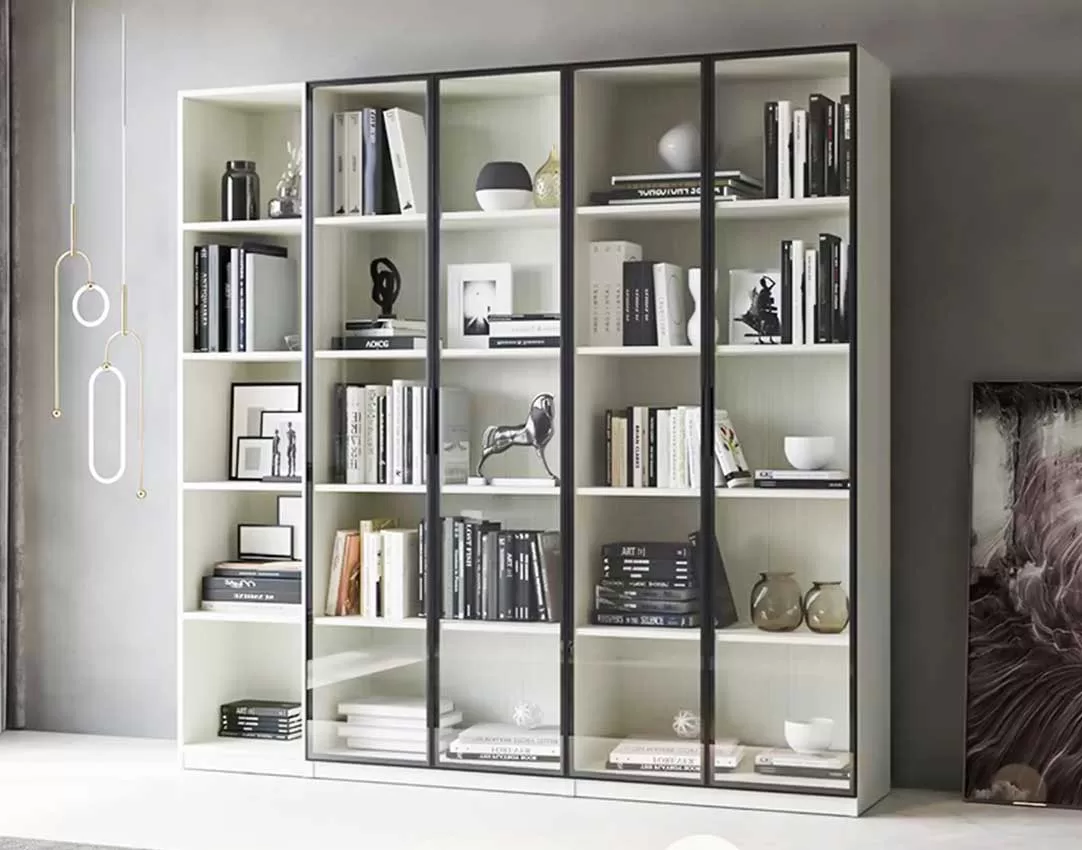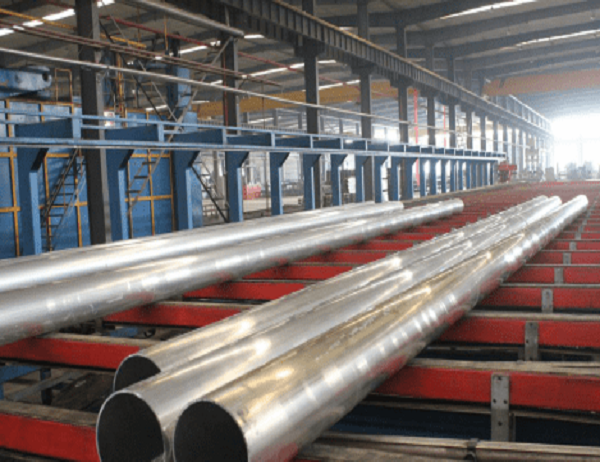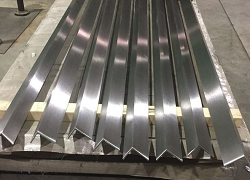Cost Considerations When Using 8mm Aluminum Sheets
Introduction:
In the realm of metalworking, the allure of 8mm aluminum sheets beckons with its unparalleled strength and lightweight properties. However, amidst the promises of durability and efficiency, cost considerations emerge as a crucial factor in discerning the wisdom of employing this exceptional material. This article delves into the intricacies of cost-benefit analysis associated with 8mm aluminum sheets, empowering readers to make informed decisions that strike the optimal balance between performance and fiscal prudence.
Material Costs:
The raw material cost of 8mm aluminum sheets is intrinsically linked to the market price of aluminum. As a highly sought-after commodity, aluminum prices fluctuate with a sensitivity that can impact project budgets. However, the inherent recyclability of aluminum offers some respite, as it allows for the recovery of scrap metal and potential cost savings.
Fabrication Costs:
The cost of fabricating 8mm aluminum sheets depends on the complexity of the desired shape and the equipment required. Cutting, bending, and welding can all add to the overall fabrication costs, making it essential to carefully consider the design and production process to minimize expenses.
Finishing Costs:
To enhance the durability and aesthetics of the finished product, additional finishing costs may be incurred. Painting, anodizing, or powder coating can protect the aluminum from corrosion and improve its resistance to wear and tear. However, these finishing processes can add to the overall project budget.
Labor Costs:
The labor involved in handling and installing 8mm aluminum sheets can also significantly influence project costs. Skilled labor is required for precision cutting, welding, and finishing, and their availability and wage rates can vary from region to region.
Optimization Strategies:
To mitigate cost concerns, several optimization strategies can be employed. Bulk ordering can lead to economies of scale, while negotiating favorable terms with suppliers can help reduce material costs. Investing in automated fabrication equipment can minimize labor expenses, and exploring alternative finishing methods can potentially save money without compromising product quality.
Conclusion:
The choice of whether to use 8mm aluminum sheets for a particular application should be guided by a careful evaluation of cost considerations. Balancing material costs, fabrication expenses, finishing requirements, and labor costs against the performance benefits is paramount. By understanding the factors that influence the overall cost of using 8mm aluminum sheets, project planners and decision-makers can make informed choices that align with their budget and performance objectives.



